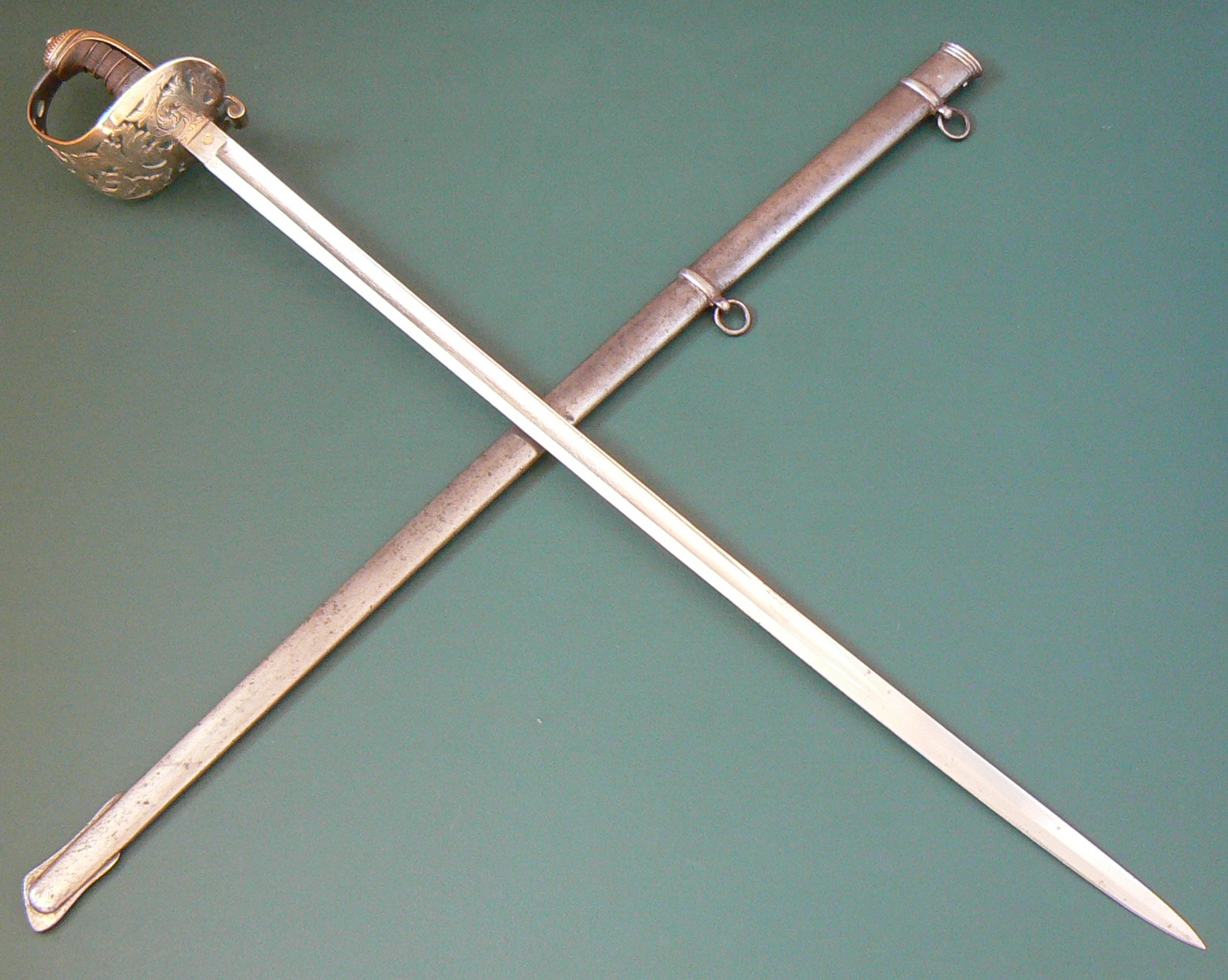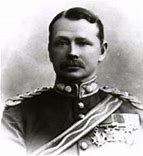Royal Engineer Pattern 1857: Sword With a Story
Posted: 25/11/19 (15:56pm)I bought this Pattern 1857 Royal Engineers Sword earlier this year. It is one of only two that I have owned. The pattern is one of the harder to find British swords and as swords go, I think it is one of the most beautiful. The sword is in excellent condition and the blade richly etched. The blade had been service sharpened. The etching included the owners’ initials, “EPL.”

According to Harts Army list of 1870, 1871, 1879 and 1882, the only officer with the initials “EPL” was Edward Pemberton Leach commissioned as a 2nd Lieutenant on 17th April 1866.
A major part of collecting and owning swords is the pleasure of researching their past. Often this isn’t easy and we are left wanting to know more and lamenting the fact that we probably never will. Swords that were bespoke orders with corresponding serial numbers and those with etched or engraved owners names and initials make research easier.
Quite often, the research uncovers little more than the owners’ name, his military career having been either short or unremarkable.
Occasionally, a named sword will have a story to tell and the owner can be placed at specific engagements in known conflicts.
Sometimes the story is…
Edward Pemberton Leach was born in Ireland on the 2nd April 1847 and on the 17th April, 1866 at the age of 19, was commissioned into the Royal Engineers.

Posted to India during the second Anglo-Afghan War (1878-1880), the 31 years old Captain Leach served along-side the Bengal Sappers and Miners (British Indian Army). It was during this posting, on 17th March 1879 near Maidanah, Afghanistan that he won the Victoria Cross.
The citation read:
“For having, in action with the Shinwarris near Maidanah, Afghanistan, on 17 March 1879, when covering the retirement of the Survey Escort who were carrying Lieutenant Barclay, 45th Sikhs, mortally wounded, behaved with the utmost gallantry in charging, with some men of the 45th Sikhs, a very much larger number of the enemy. In this encounter Captain Leach killed two or three of the enemy himself, and he received a severe wound from an Afghan knife in the left arm. Captain Leach's determination and gallantry in this affair, in attacking and driving back the enemy from the last position, saved the whole party from annihilation.”Edward Pemberton Leach’s military career went from strength to strength. In 1885 he was appointed commander of the 24th Field Company (Royal Engineers) during the Suakin Expedition in Sudan. His role was to assist in the supervision and protection (from the Mahdist forces) of the construction of the Suakin-Berber Railway. The Suakin Expedition fought two notable engagements, the Battle of Hasheen, on the 20th March 1885 and the Battle of Tofrek on the 22nd March.
On 1st October 1897, Edward leach was promoted to Major-General. In 1899 he was in Northern Ireland as the General Officer Commanding Belfast. From 1902-1905 he was the General Officer Commanding the 9th Division, Third Army Corps in Ireland. In 1905 he was appointed as Commander-in Chief for Scotland. He retired from the army in 1912 and moved to the Lake Como area of Italy.
Less than a year later, General Sir Edward Pemberton Leach VC. KCB. KCVO passed away on 27th April 1913.
His Victoria Cross is displayed at the Royal Engineers Museum, Chatham, England.
This sword is now part of a cherished private collection in America.


